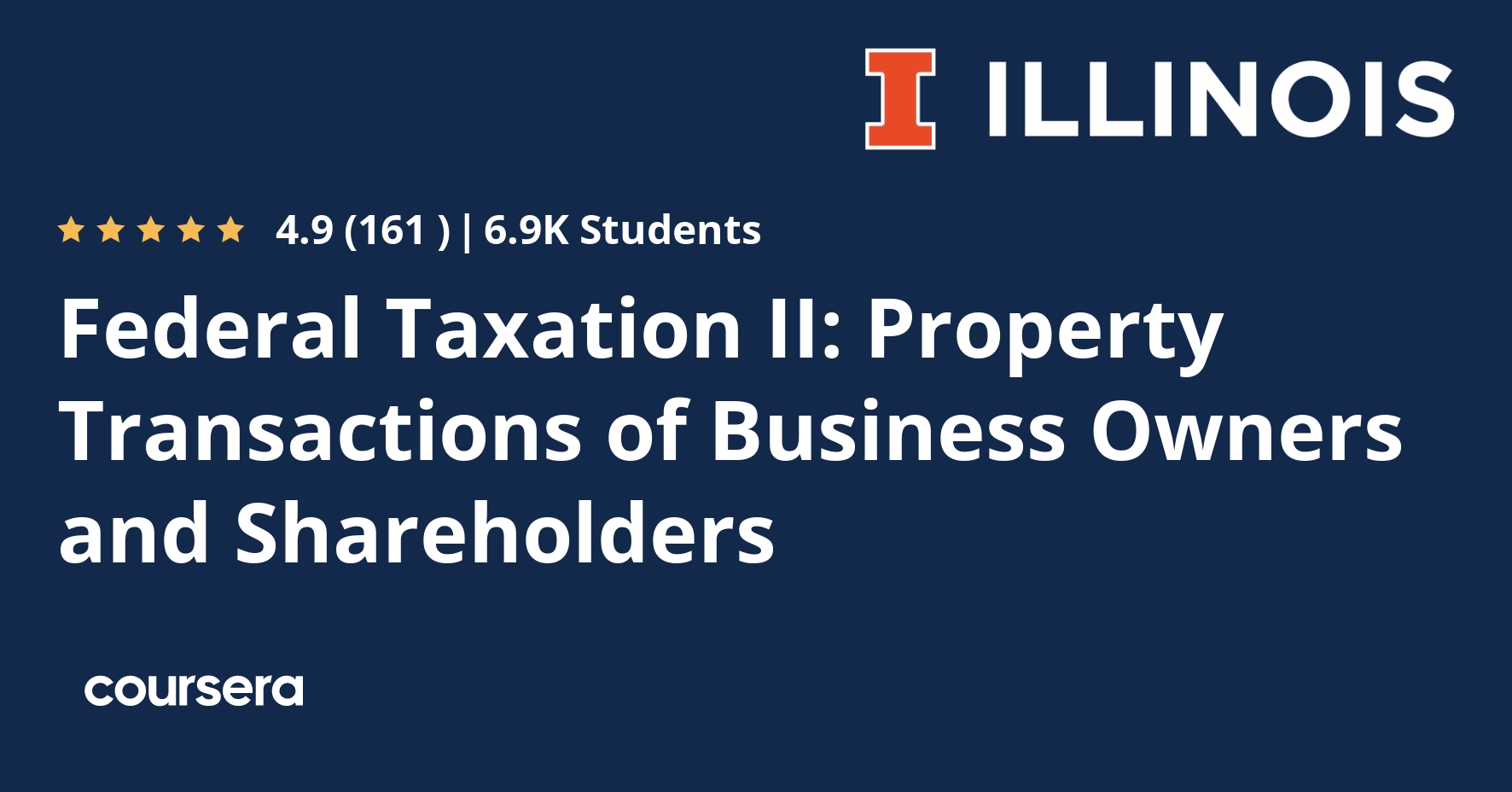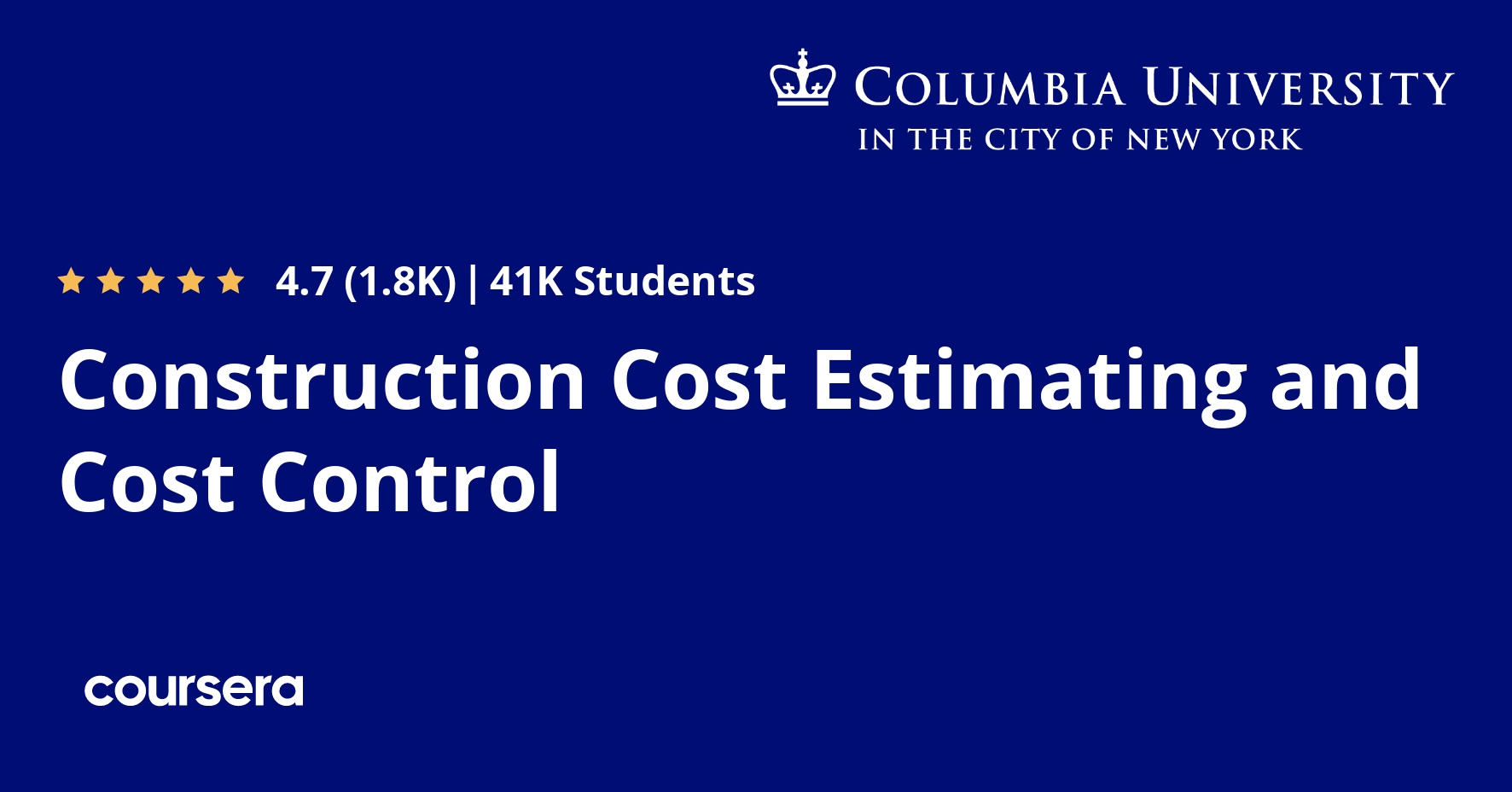Description
This course examines the U.S. federal tax system as it relates to property transactions of business owners and shareholders. Topics include cost recovery, such as depreciation, amortization, and depletion; calculation of realized versus recognized gains and losses; evaluation of the potential tax effects of nontaxable exchanges; and the combining, or netting, gains and losses that are different in nature. Assignments facilitate self-discovery of knowledge and development of a variety of professional skills.
What you will learn
INTRODUCTION TO THE COURSE
In this module, you will become familiar with the course, your instructor and your classmates, and our learning environment. This orientation will also help you obtain the technical skills required to navigate and be successful in this course.
Module 1: Introduction to Cost Recovery and Depreciation
In this module, you will be introduced to concepts of cost recovery used by U.S. Taxpayers. The nature of property will be discussed designating the difference between realty and personalty. The Modified Accelerated Cost Recovery System (MACRS) will be explained along with its classification of both real and personal assets as well as applicable conventions used in depreciating property. Finally, learners will discover how to use the tax depreciation tables to aid in the determination of allowable cost recovery deductions.
Module 2: Accelerated Depreciation, Amortization, and Depletion
In this module, you will take a deeper dive into concepts of cost recovery used in the U.S. Federal tax structure. This deeper dive begins with a discussion about the two different types of additional first year depreciation, known as Section 179 depreciation and “bonus” depreciation. Next, you will learn about listed property, which faces limitations on the deductibility. You will learn how intangible personal and real property costs are recovered through amortization, and which kinds of intangible property are eligible to be amortized. You will also learn how natural resource costs are recovered through depletion deductions.
Module 3: Gains, Losses, and Adjusted Basis
In this module, you will take a deep dive into property transactions, specifically disposals, and their tax consequences under U.S. federal tax law. First, we’ll begin by discussing the economic concept of amount realized. Next, we’ll discuss differences between the amount and gains or losses realized versus recognized, such as deferred or postponed gains and disallowed losses. Last, we’ll discuss the three main ways property basis is established, namely cost basis, gift basis, and inheritance basis.
Module 4: Disallowed Losses, Like-kind Exchanges, and Involuntary Conversions
In this module, you will learn about unique property transactions where gains and/or losses are deferred. First, we’ll discuss circumstances where certain losses on the disposal of property are not allowed to be recognized. Next, we’ll discuss a type of non-taxable exchange called “like-kind exchange,” which allows properties to be exchanged with no tax recognition, and the rules governing its tax deferred status. Next, we’ll discuss specific circumstances where part of the non-taxable transaction actually becomes taxable due to receipt of non-like-kind property, called boot. Last, we’ll talk about what basis the newly exchanged property should have, and what the holding period should be. We’ll then continue our discussion regarding non-taxable exchanges and discuss involuntary conversions. You will learn the earliest and latest dates to involuntarily exchange an asset after a casualty loss or condemnation. Next, we discuss paths for conversion, direct and indirect, and their tax consequences. We discuss two tests governing the involuntary conversion rules, specifically the functional use test and the taxpayer use test.







